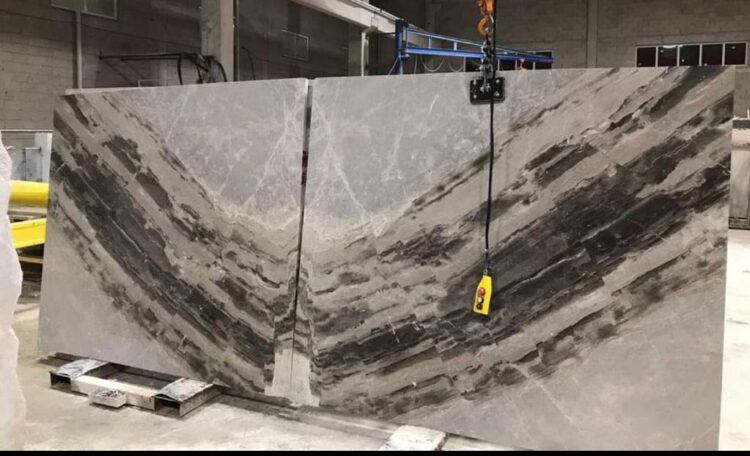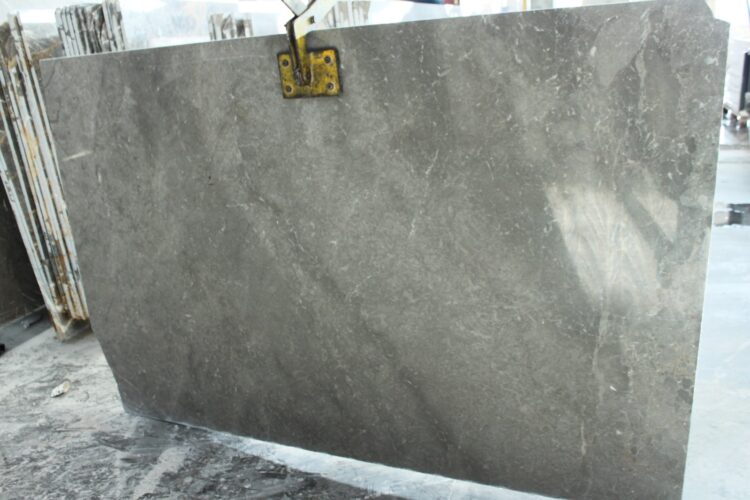Despite the difficulties of working with marble, he is an artist who pushes the boundaries of sculpture thanks to his special bond with it. We talked to him about his work, inspirations, the secret to success, and more. The artist describes his bond with marble: “Marble is the dominant party in our relationship, and I am like its servant.”
Can you introduce yourself before moving on to your studies?
I was born in Adana in 1977. After completing my primary and secondary education in Istanbul, I graduated from Mersin University, Faculty of Fine Arts, Department of Sculpture, in 2001. I continue my work in my workshop in Istanbul. I participated in many national and international exhibitions and fairs and twenty-one personal exhibitions. My works are in collections in many countries, such as America, China, Switzerland, Argentina, Italy, Austria, and England, and domestic supplies.
How does marble make you feel while working on projects made of marble?
Marble is a problematic material by nature. Working with it can be easily given up. During the student years, selections are made for materials workshops. Before I entered the faculty, I decided to work on sculpture and marble and concentrated on it. I’ve had a few personal attempts. But the first time I started working with marble, I realized I would spend my life with it. Whenever this subject comes up, I remember and feel the bond established between me and marble. Now, when I am asked how I feel while working, I go beyond the question. I feel whole. Marble and I understand and love each other. Marble is the dominant party in our relationship, and I am like its servant.
Which marble do you mainly use?
Our country is wealthy and high in terms of marble diversity and quality. I don’t have a problem with the stone. I always aim to find better quality. In the first years of my professional life, I often used Marmara marble. Work balance and emotion are high. The only thing that needs to be added is light, which can only attract some. Now I carry out all my productions with Afyon and Muğla marbles. I also love working with natural stones that I collect from time to time from my travels. However, I do not always prefer the natural state of the stone as it restricts you as much as it directs you.
How important is the manual application of sculpture in your art?
All processes of stone sculpture production are manual applications. Although machines are used to create rough cuts and applications, removing them from manual applications is difficult. If manual labour is meant, they are intertwined, inseparable processes. That’s not how the value of art is measured. The value of the craft can be measured by a hands-on assessment, not the art.
What is the secret of your success?
The secret to success is to work consistently. When you continue a production that you believe in wholeheartedly, others will understand and respect your belief. As soon as I start working, I silence all the voices in my mind and try to transfer all my knowledge to the material with great concentration. I compare my life to a brick wall. Every sculpture I make is one of the bricks that make up this wall. Neither is more important than the other nor is one less than the other. When they all come together, they form a name and a self.
When you look at your work after completing it, what do you think, and how do you feel?
I see my works as a single sculpture which determines my life. Since I see all my production as a single work, I sign it, but I do not date it. When you have a job to which you have devoted your life with love and will, it may return to you. Sometimes I work, sometimes I feel like I’ve never worked. Regardless of the field, loving work and continuity bring success. The relief and happiness I experience after completing my work is intense but short-lived. I never have a single statue in mind. There is always a lot of excitement waiting to be experienced. I can’t wait to get started. Some sculptures in my mind appear a few years later. Some give birth to another statue. Sometimes I find myself returning to specific forms that I’ve been busy with since I was a student. For me, every sculpture finished is a door to more excellent work to be done.
What did you dream about as a child? And what are you dreaming of today?
As a child, I was a quiet, self-sufficient child who was constantly reading books and interested in cinema and music. I was always curious about art, but I thought I would be something other than a producer. Like every child, I used to shape something. But there are insignificant things, unlike what everyone likes to attribute to themselves. Art requires serious effort, dedication, equipment and experience. Something childish is too big to handle. The main thing I am lucky about is that I have family elders who will direct my attention to the right place and make me understand the beauty of walking.




























 +90 532 585 51 95
+90 532 585 51 95 +90 532 585 51 95
+90 532 585 51 95